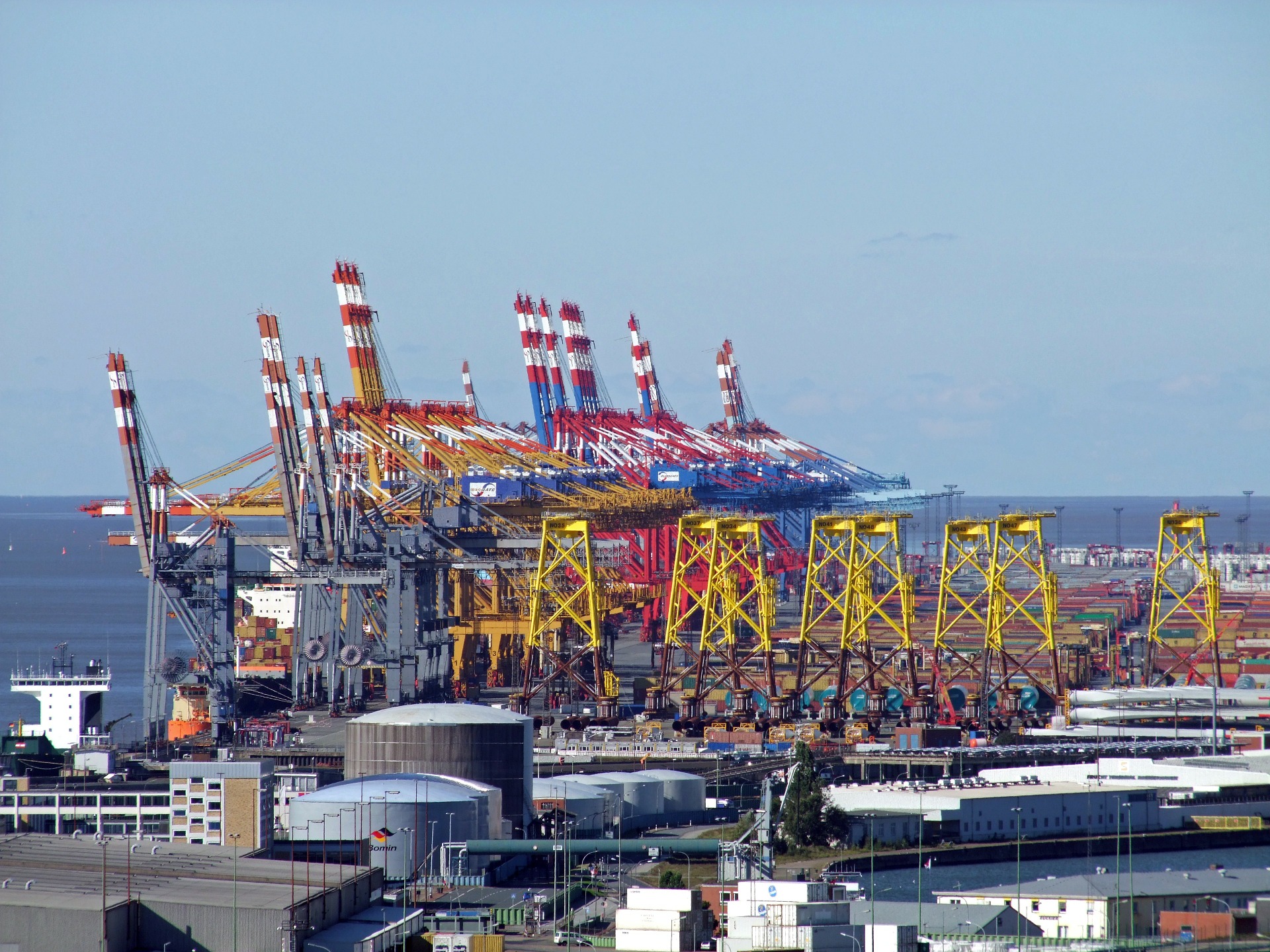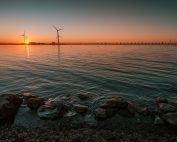A port strategy and investments of EUR 6.5 billion until 2030 are needed, according to the latest WindEurope report.
The goal of climate neutrality until 2050 requires a 25-fold increase in the currently installed capacity in offshore wind energy sector. Only until 2030, the capacity of offshore wind turbines will increase to 110 GW. Such ambitious goals will not come true without the port infrastructure. Ports connect the local supply chain, logistics and auxiliary infrastructure in the form of e.g. warehouses. Installation and service works are also carried out from the port throughout the life cycle of the wind farms. It is known today that they will also play a significant role in the production and distribution of green hydrogen.
According to Wind Europe’s calculations, only ports in European waters require an investment of EUR 6.5 billion until 2030 in the context of offshore wind energy sector development. These investments can pay off within five years. Investments should be included in national recovery and resilience plans.
Currently, 116 wind farms across Europe (5402 turbines) require servicing. Europe will approve an average of nine wind farms per year over the next five years, and this volume will increase to 12 per year in the second half of the decade. By 2030, more than 200 wind farms will require Operational and Maintenance (O&M) services, equivalent to 12,000 turbines. This means that ports need to be heavily invested.
The Baltic Sea also needs investments in port infrastructure. By the end of the decade, 12.5 percent of the European offshore wind fleet could be located in this region. Currently, the largest offshore wind ports are Danish Roenne on the island of Bornholm. Poland also has ambitions, as it plans to build an installation port in Gdynia and a service port in Łeba and Ustka. The ports of Mukran and Rostock in Germany are also used to operate offshore farms. Lithuania and the port of Klaipeda also have ambitions.














